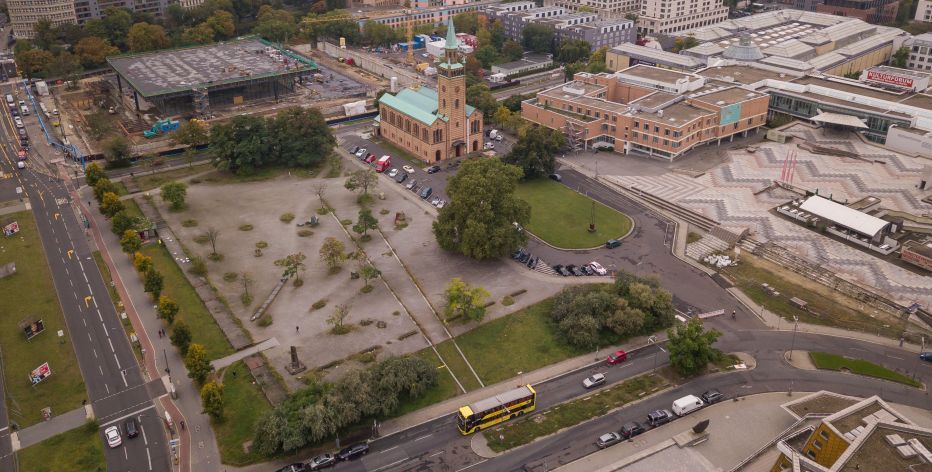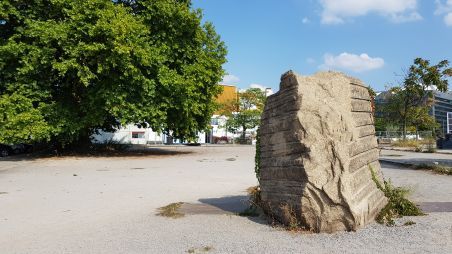Thorough soil tests are an indispensable prerequisite for systematically planning and implementing a construction project. Detailed samples provide information on the soil characteristics that are relevant to construction, and support prognoses about the interaction between the soil, ground water, adjacent buildings and the planned building.
What exactly will be tested?
The goal is to recognize, analyze, and minimize soil risks early. The first results are already available, and these need to be elaborated now. Since soil tests can only deliver random insights, there will always be a residual risk.
Qualified experts were brought in to create an expert opinion based on various investigative techniques. It essentially provides information on the geological situation of the soil, its static load-bearing capacity, history and unexploded ordnance in the ground, soil contamination, previous contamination and pollutants, and the hydrological conditions and groundwater resources.

